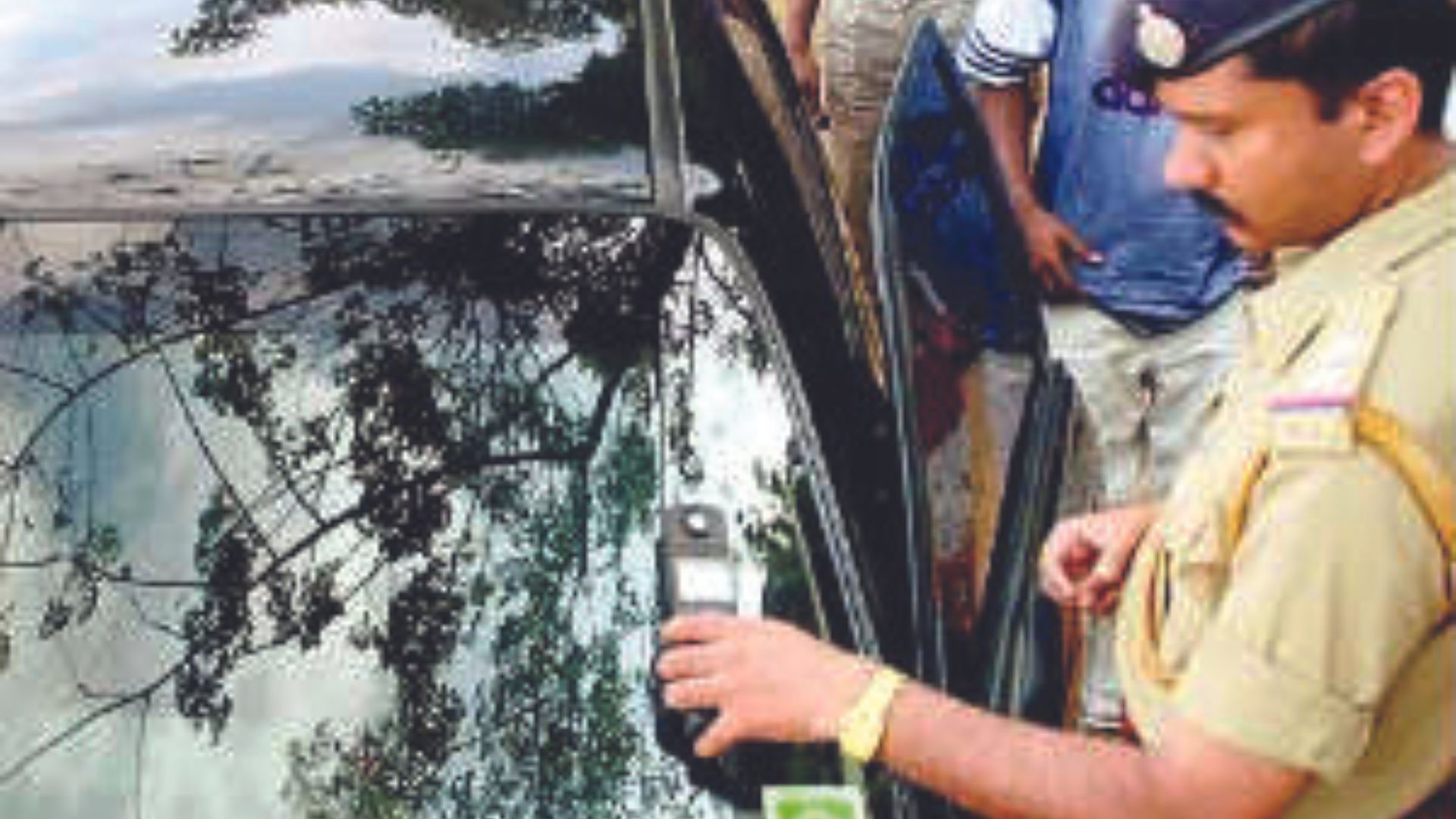


In recent months, the bustling streets of Delhi have witnessed a surge in the prosecution of vehicles equipped with tinted glass as the Delhi Traffic Police intensifies efforts to enhance road safety and regulatory compliance. Despite existing regulations governing the use of tinted glass, the Delhi Traffic Police have observed a worrying increase in violations, prompting targeted campaigns and stringent penalties for offenders. Between January 1 and March 15, 2024, a staggering 7567 violators were booked, marking a significant rise compared to previous years. Analysis of the data reveals that areas such as Najafgarh, Nangloi, Punjabi Bagh, Tilak Nagar, and Dwarka are among the hotspots for tinted glass violations in the capital this year.
The enforcement measures undertaken by the authorities include heightened surveillance, regular checkpoints, and awareness campaigns to educate motorists about the dangers of heavily tinted windows. Particularly concerning is the safety of women, with past incidents highlighting the role of vehicles with tinted glass in crimes against women. Recognising this, the Delhi Police are prioritising efforts to address this issue and ensure the safety of all commuters.
Tinted glass, often favoured for privacy and solar protection, poses significant risks when used beyond permissible limits, obstructing visibility and compromising the safety of commuters. The authorities’ crackdown on this issue comes in response to a concerning trend of non-compliance, with intensified enforcement measures being implemented across the capital. Tinted glass regulations in India, specifically for front windscreens, should allow more than 70% visual light transmission (VLT). In other words, it must be at least 70% transparent to visible light. While the rear windscreen should also have a VLT of more than 70%, for the side windows, the permissible VLT is 50% or more. This means that at least 50% of visible light should pass through the side windows.